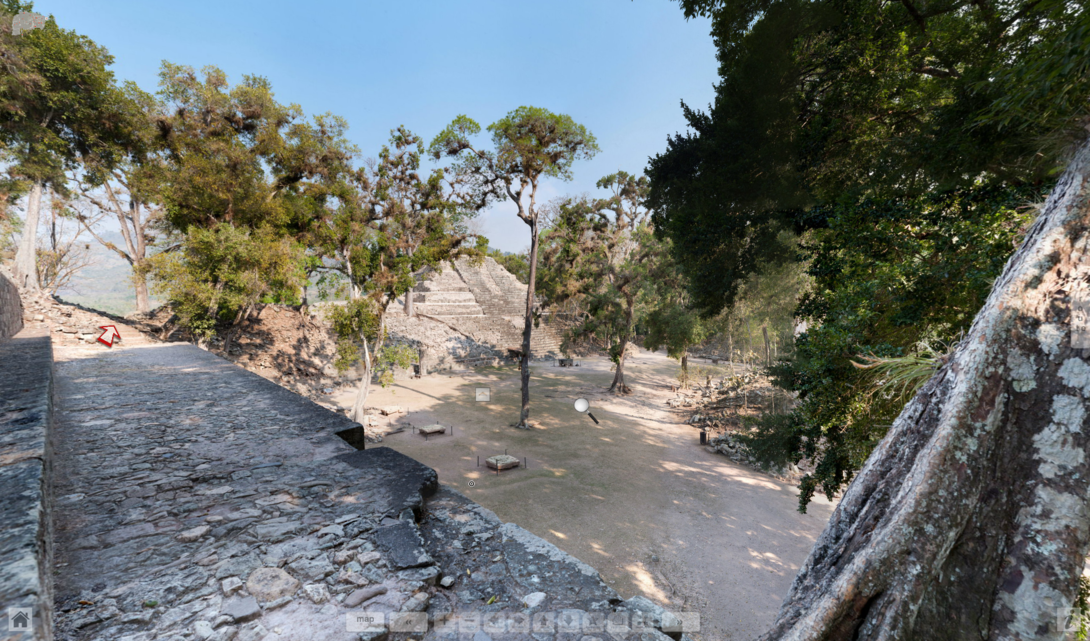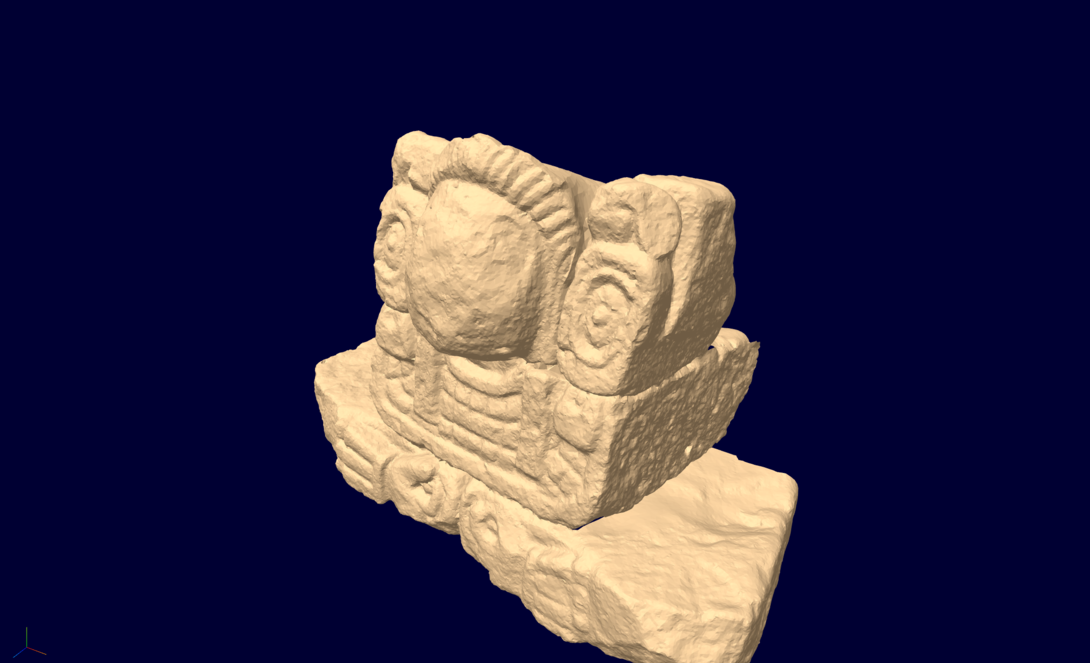
As evidenced by the pop culture phenomenon Pokemon Go, augmented reality is here. But imagine using an application to see an ancient Maya city brought to life in vivid 3-D while virtually walking through a modern-day archaeological site in Honduras.
University of Nebraska-Lincoln anthropologist Heather Richards-Rissetto is pushing that technology a step closer to reality with a new research project in procedural modeling, which uses computer code to take data from sources such as photogrammetry, topographical maps or geographical information to rapidly produce 3-D models.
The project earned funding from the National Endowment for the Humanities and the first phase will be completed this year. The university will host a website with final source code, step-by-step workflows and a prototype 3-D visualization tool for beta testing. All will be free and available.
For years Richards-Rissetto and other scholars have built 3-D digital models of centuries-old structures to explore primitive cultures. Their efforts have mostly stayed locked away on computer servers thanks to disparate software, large file sizes and inconsistencies in the way data sets are organized. These issues all but stop widespread dissemination and reuse of the models.
Richards-Rissetto will lead a multi-disciplinary team of anthropologists and computer scientists to tackle these problems of making the models accessible and reusable. The team will develop best practices for database structures, tutorials for scholars, and source code for executing procedural models in open source software, making the models replicable for others and enhancing scholarly research.
“Creating 3-D models brings to light things you wouldn’t be able to see otherwise,” she said. “It is a creative academic research endeavor. It leads you to new questions and answers that you wouldn’t be able to get at any other way.”
Richards-Rissetto, assistant professor of anthropology and fellow in the Center for Digital Research in the Humanities at Nebraska, will use her own procedural modeling and research into ancient Maya culture as the online pilot database.
“The whole idea is to make these data reusable so that other scholars can use the models to explore and reinterpret and visualize other Maya cities, or Roman architecture or whatever it may be,” said Richards-Rissetto. Other scholars will continue to refine the processes and programming.
Richards-Rissetto said she hopes that the project will allow more technological advances in modeling so that one day 3-D models are readily accessible to the public.
“Projects like these bring together new partnerships that lead to new avenues of research,” she said. “In the humanities, we look at human behavior and that’s complex. Those complexities add challenges to the technical side and that breeds creativity and innovation because we’re asking for things that haven’t been done before.”









